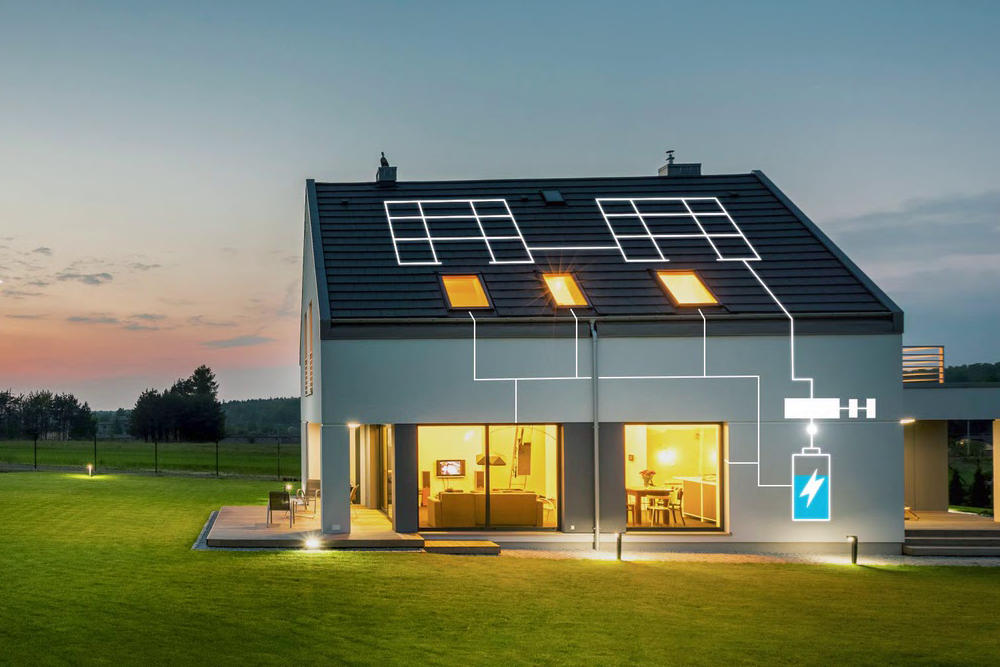The sunny city of Adelaide has been at the forefront of a solar revolution, with its residents harnessing the abundant sunlight through photovoltaic installations like never before. But with the evolution of the green energy scene, going solar doesn’t just mean retrofitting homes with traditional sun-soaking panels anymore. It’s about enrichment, extension, and ultimately, the maximization of this renewable power.
In this blog post, we explore how the innovative coupling of solar panels with battery storage isn’t merely the next step—it’s a giant leap—in personal energy independence and environmental conservation. Whether you’re a solar power patron mulling over this solar-plus-storage setup, an Adelaide household ready to integrate, or just the eco-warrior watching the world of renewable energy unfold, this guide is tailored for you.
The Current State of Solar Power in Adelaide
Adelaide is basking in solar energy, with South Australia leading the nation in rooftop solar uptake. The shimmering arrays adorning Adelaide’s homes have not only painted the skyline green but are substantially impacting the community’s energy consumption. The statistics speak volumes; approximately 1 in 3 South Australian households have embraced solar power, and the numbers continue to ascend.
The allure of solar panel systems is compelling. They cut electricity bills, reduce carbon footprints, and potentially even generate revenue through feed-in tariffs. The existing setup primarily involves solar panels connected to the grid, where any excess energy produced feeds back into the common power pool.
Contents
The Next Step: Integrating Battery Storage
Though solar panels are remarkable energy harvesters, they’re beholden to the sun’s schedule, which isn’t always in sync with our energy consumption patterns. This is where solar battery in Adelaide—literally. They allow homeowners to capture surplus solar energy during the day and store it for use when the sun isn’t shining, providing reliable access to solar energy day and night.
Maximizing Solar Savings
The primary draw for any homeowner looking to take the solar-plus-storage plunge is the potential for savings. These savings occur in twofold. First, there’s a significant reduction in monthly energy bills as stored solar energy supplements grid electricity usage, especially during peak times when utility rates are highest.
Secondly, and perhaps more compellingly, is the ability to take advantage of solar energy that would traditionally go untapped. Instead of exporting excess electricity back to the grid for a nominal return, it’s kept at home and repurposed. This not only saves on conventional energy costs but can also serve as a kind of ‘rainy day fund’ for households, an immediate and free power source for use whenever needed.
Overcoming Challenges and Considerations
While the benefits are clear, there are considerations to ponder. The initial investment in a solar-plus-storage system can be substantial, although various government incentives and financing options are available to alleviate the financial burden.
Additionally, there’s the question of maintenance and longevity. Solar panels and batteries require different upkeep, and homeowners are encouraged to understand the requirements to ensure their systems operate efficiently over their lifespan. However, new players in the market, like Bright Earth Solar, offer comprehensive warranties and support services, easing these concerns.
The Future of Solar Energy in Adelaide
The solar energy landscape in Adelaide is on an innovative trajectory. With research and development focusing on streamlining energy storage technologies and making solar solutions more accessible, the future is brighter—quite literally—for those seeking to power their homes with the sun.
For interested homeowners, the process of integrating solar panels with batteries is increasingly straightforward. It involves assessing energy needs, selecting the right components, and enjoying the benefits of a custom renewable energy system. Companies like Bright Earth Solar are leading the charge, providing turnkey solutions that simplify the transition to solar energy with battery storage.
Conclusion
Adelaide’s transition to solar power with battery storage is not a fad—it’s a fundamental shift towards a sustainable energy model that empowers homeowners. The financial advantages coupled with the environmental dividends make this investment an increasingly attractive proposition, not just for today’s homeowners, but for generations to come.




